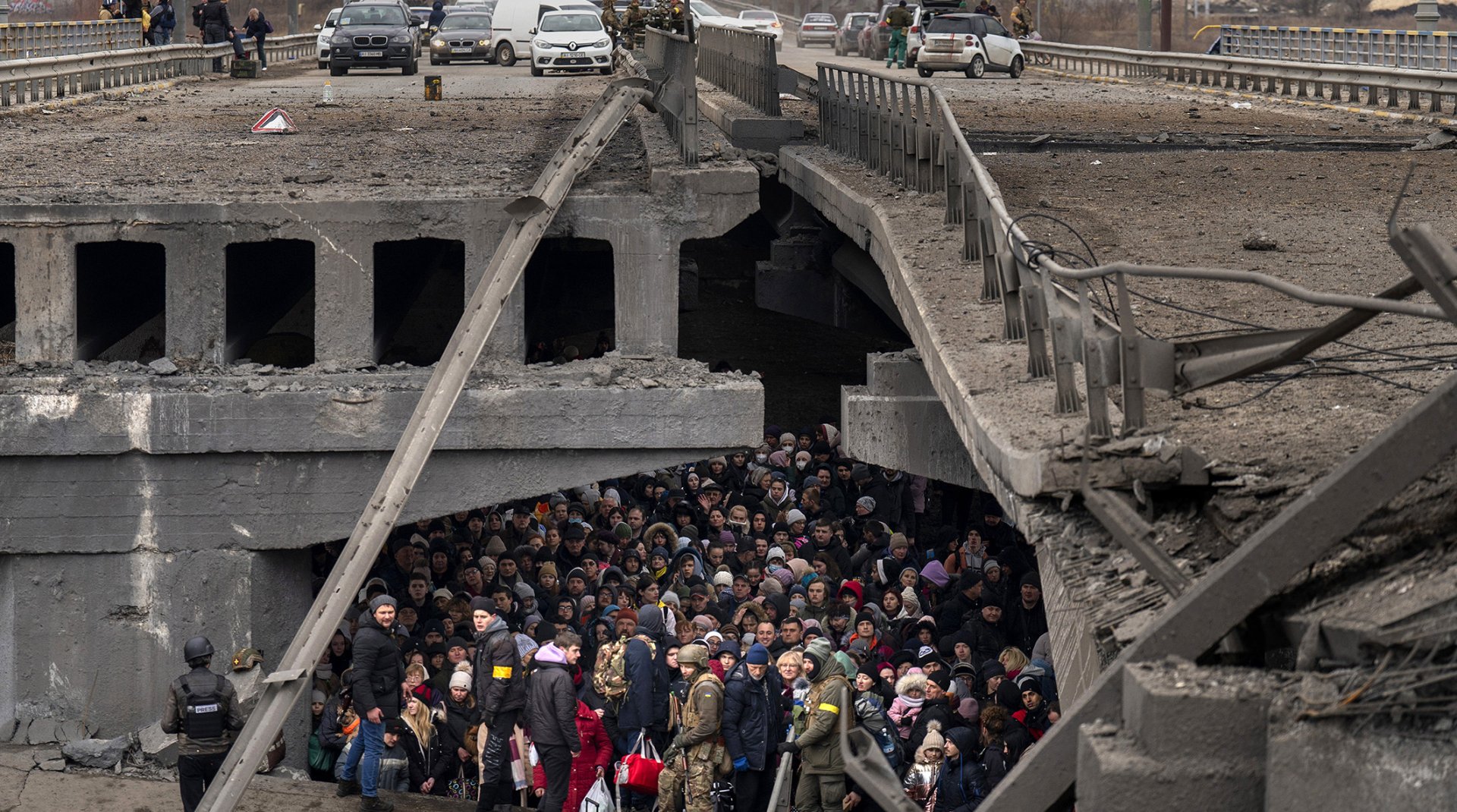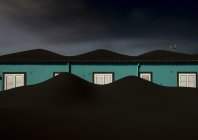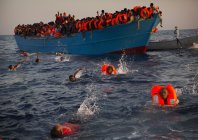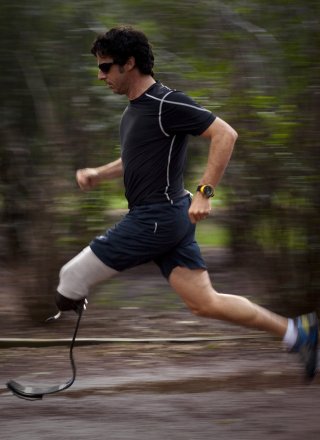
A Photographer's Journey Through Daily Life, Conflict and Personal Loss
Emilio Morenatti
AP
Watch the meeting with Emilio Morenatti, moderated by Caroline Laurent-Simon https://cloud.imagesevidence.com/index.php/s/rxzXY3SgPr4aobn
The tenderness of an elderly couple kissing through a plastic sheet in a Barcelona nursing home during the Covid-19 pandemic. The matter-of-fact determination of an Afghan boy putting on a shoe as his prosthetic limb stands next to him. It is the intense poignancy of human feeling that is captured in Emilio Morenatti’s photographs, even when in the maelstrom of historic events.
Throughout his prize-winning career with The Associated Press, the Spanish photojournalist has reported on some of the 21st century’s most dangerous conflicts: Afghanistan, Iraq, Gaza and Ukraine. Covering Russia’s invasion of Ukraine as part of an AP team, his images earned him a second Pulitzer Prize. The first, an individual Pulitzer, was awarded for his defining photographs of the Covid pandemic showing the experience of physical isolation and emotional isolation. He took the pictures in his hometown of Barcelona, often riding a scooter specially adapted as he lost a leg in 2009, at the age of 43, when working in Afghanistan. Emilio Morenatti bears the toll of war and of the risks facing journalists who are the first to witness conflicts and feel empathy. His photos are not simple snapshots, but plunge viewers across the world into the drama of the people in the images.
There is the loneliness of a homeless person sleeping over the warm air from a vent in a manhole cover in the middle of an empty street; there is the loneliness of the man sitting in front of his dinner tray, gazing at the TV, the only companion authorized for Christmas during the pandemic. And there is also the inspiring resilience of the Paralympian cyclist sitting next to her artificial legs after winning the time trial; and in Ukraine, a brother pushing the swing for his 11-year-old sister outside the hospital where she has had both legs amputated after being injured in a missile strike. Nature too has emotional force, as seen in his pictures of the devastating eruption of the Cumbre Vieja volcano in the Canary Islands in 2021, a report which won the Mingote Award. A house and soccer field covered in black ash could be seen as visual art, but the eerie emptiness expresses the all-too-real loss.
Preview


Morenatti’s ability to establish a connection first with reality, and then a link between source and viewer, has made him one of the leading photographers of his generation. His work stands as a model for the younger photojournalists he mentors and inspires in his passionate determination to make a difference.
“Over time, I discovered that I really do enjoy being the first to arrive and to witness things that no one else has seen, but then I fell in love with something that still persists, which is the commitment to something one does and can help – not to change society which is very pretentious, but to invite reflection. It is very rewarding when someone tells you that they have spent some time looking at my photos and that something clicked for them. It matters more to me than the Pulitzer.” In an era flooded with images, it is impossible to look away from Morenatti’s photos. The people portrayed look at us: a young Ukrainian widow, her eyes swollen and desperate, or the eyes open with curiosity of the Afghan children watching UN workers unloading their helicopter. There are so many, but Morenatti does have one favorite picture, taken when his first child, Gala, was born.
Giovanna Dell’Orto Associate Professor Emerita, Hubbard School of Journalism and Mass Communication, University of Minnesota


